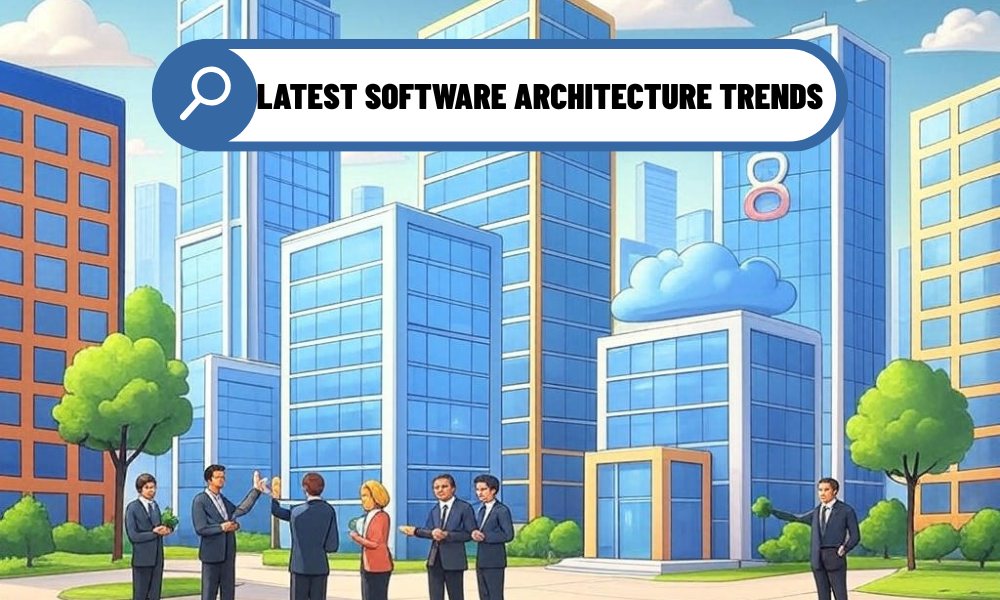As Web3 technologies push the boundaries of ownership, interaction, and identity, we’re witnessing a significant transformation in how space is conceptualized – both physically and virtually. In this new era of tokenized real estate, metaverse development, and decentralized infrastructure, understanding the four main types of architecture is more than academic—it’s strategic.
For crypto-native investors, DAO builders, and metaverse designers, these architectural categories are becoming foundational blueprints for digital innovation.

Contents
Types of Architecture
Residential Architecture: Tokenizing Everyday Life
Residential architecture traditionally refers to the design of private living spaces such as homes, apartments, or condos. In Web3, these concepts are being reimagined as NFT homes, virtual apartments, and decentralized community housing.
Platforms like Spatial, Cryptovoxels, and Otherside offer environments where these residential spaces can be bought, sold, customized, and even monetized through leasing or event hosting.
Web3 Impact:
- Digital identity: Personalized homes reflect the brand and taste of the avatar.
- Asset utility: NFT homes become yield-generating digital assets.
- Community building: Residential zones form social hubs in the metaverse.
Commercial Architecture: Building the Next Economy
Commercial architecture supports business functions—offices, malls, hotels, restaurants. In the decentralized world, this has translated into virtual storefronts, tokenized workspaces, and DAO headquarters.
Metaverse brands like Nike, Gucci, and Samsung are investing heavily in commercial architecture as a form of experiential marketing, while startups are creating coworking spaces for DAO members to meet, collaborate, and vote inside the metaverse.
Web3 Impact:
- Revenue opportunities: Commercial plots can host NFT marketplaces or retail experiences.
- Brand immersion: Architecture becomes a medium for storytelling and UX.
- Token utility: Some metaverses link commercial plots to governance or staking rewards.
Institutional Architecture: Digital Infrastructure for Public Good
Institutional architecture serves education, governance, and public health. In Web3, this is becoming increasingly relevant as DAOs and decentralized projects take on traditionally institutional roles.
Projects like DID-based universities, on-chain legal systems, and blockchain voting platforms are beginning to replicate and innovate on this type of architecture digitally.
Web3 Impact:
- Trustless governance: Transparent spaces for on-chain governance and decision-making.
- Open education: Decentralized campuses for blockchain learning and skill-sharing.
- Infrastructure tokens: Linked to the funding and upkeep of virtual public institutions.
Religious Architecture: Sacred Space in a Digital World
Though less commonly discussed, religious architecture has deep cultural and emotional value. In the digital realm, we are starting to see its influence in the design of virtual meditation spaces, digital temples, and NFT memorials.
With growing interest in mental health and mindfulness in digital spaces, sacred architecture offers immersive environments that foster peace, reflection, and connection.
Web3 Impact:
- Cultural NFTs: Architecture tied to cultural or spiritual heritage can be tokenized.
- Community rituals: Virtual ceremonies and gatherings strengthen online community bonds.
- Spiritual utility: Spaces for digital wellness and ritual become part of metaverse economies.

Integrating Architecture with Crypto Design Thinking
The boundaries between digital assets and real-world design are blurring. Tokenization of buildings, VR/AR environments, and architecture-as-a-service models are reshaping how we understand property, ownership, and interaction in the Web3 world.
Understanding the types of architecture helps crypto investors, builders, and users to:
- Identify promising metaverse projects
- Assess the token utility of architectural assets
- Strategize DAO infrastructure and community space
From staking pools hidden inside virtual temples to co-living DAO spaces based on residential models, architecture is the medium through which Web3 ideas become experiential realities.
Architecture Is the Language of Space — Digital or Physical
Just as blockchain protocols provide the backend of Web3, architecture provides the frontend—the space where we meet, transact, learn, and live in virtual form.
The four types of architecture—residential, commercial, institutional, and religious—offer not just historical insight, but real-world frameworks for building the digital future.
Whether you’re planning to invest in a metaverse city, stake in a decentralized university, or design your DAO’s headquarters, the question is no longer if architecture matters—but how much.


